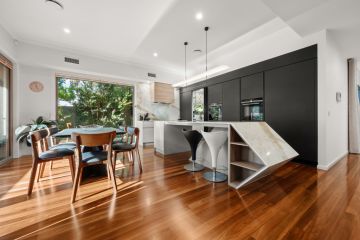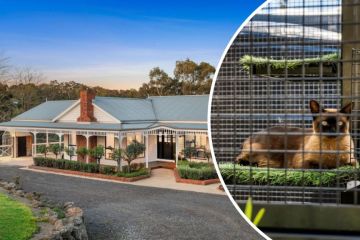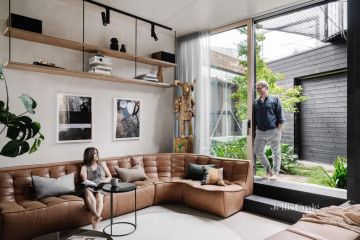This is what the perfect post-COVID-19 world would look like
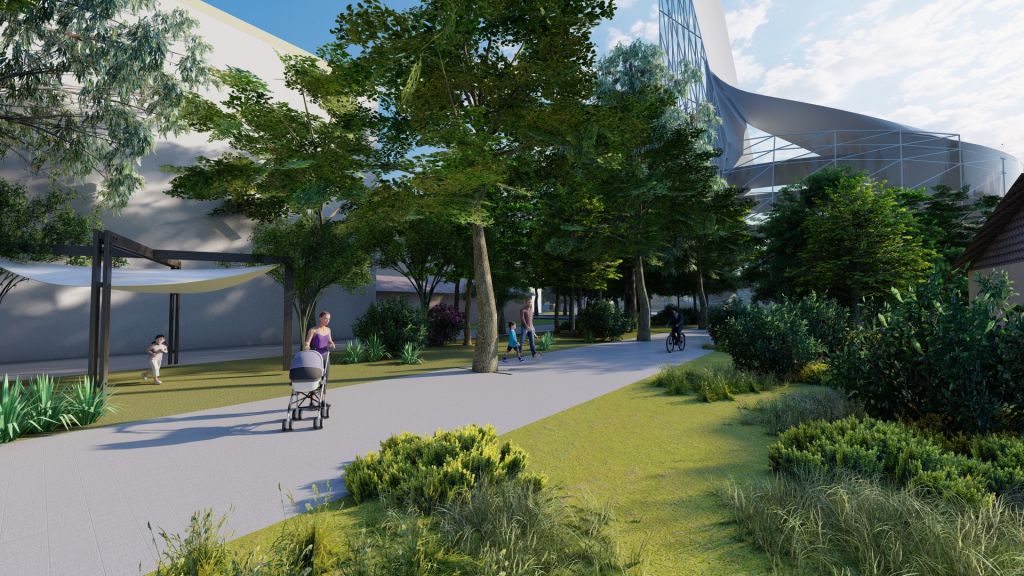
What would the perfect post-COVID-19 Australian city look like?
Urban planners in Sydney are to be presented with a stunning vision of a city with a major agricultural hub at its heart to provide food, on-site jobs and export earnings for residents, surrounded by greenery and founded on sustainable principles.
And this is no fanciful pipe dream. Architects are proposing the blueprint be adopted immediately for Sydney’s newest conurbation – the Western Parkland City being planned around the Western Sydney Airport – with its principles to be introduction in other cities later.
“One of the key considerations for the COVID-19 situation is having an element of food security and a community that’s able to live, work, play and have resources in the one location, so they don’t need to move around so much,” said Lee Allen, of design practice GHDWoodhead.
“Having an agri-precinct also means the source of food is very localised to reduce the risk of contamination. I think the pandemic has also giving us more of a sense of the need for healthy lifestyles and having green spaces and sporting and recreational areas nearby that we can walk or bike to.
“At the same time, there’s now a growing awareness of the environmental impact of urban development and the need to reduce its footprint with a more diverse economy with more sustainable commercial activity.”
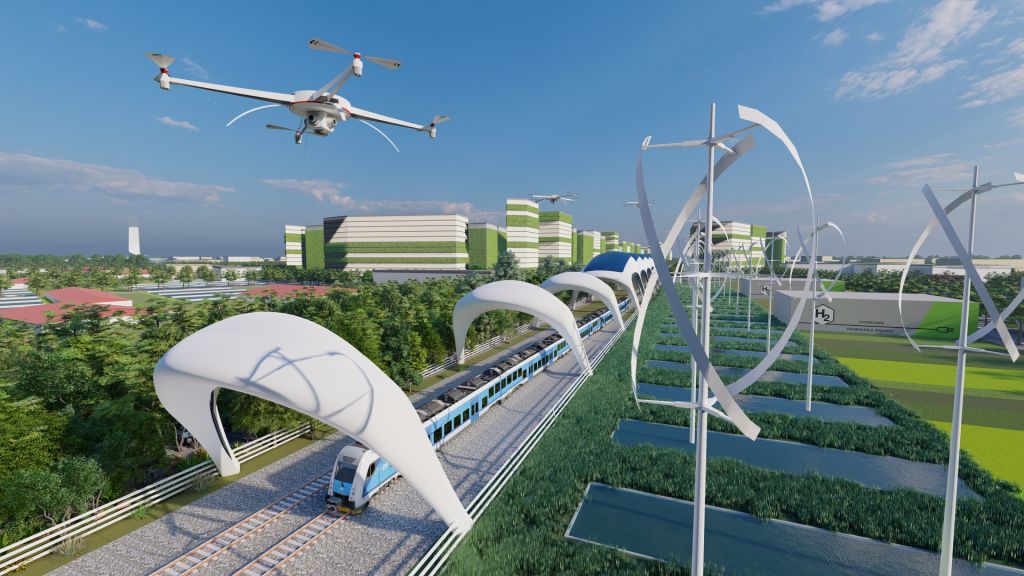
The image of the self-sufficient new city that architects are about to present to the NSW government’s Greater Sydney Commission grows its own food, recycles water, generates renewable electricity and also has lots of spaces for cycling, walking and sport.
It showcases sustainability, with attractive homes in a community powered by solar and wind energy, and innovation hubs to conduct research and development to develop agricultural knowledge and advances for the future.
The ambitious concept has been developed for the Western Parkland City, on the fringes of the vast areas of greenery connecting Greater Penrith, Liverpool and Campbelltown-Macarthur, that will be established on the strength of the new Badgerys Creek airport.
Its population is projected to grow from the 740,000 registered in 2016 to 1.1 million by 2036, and well over 1.5 million by 2056. People will live in centres concentrated around transport hubs.
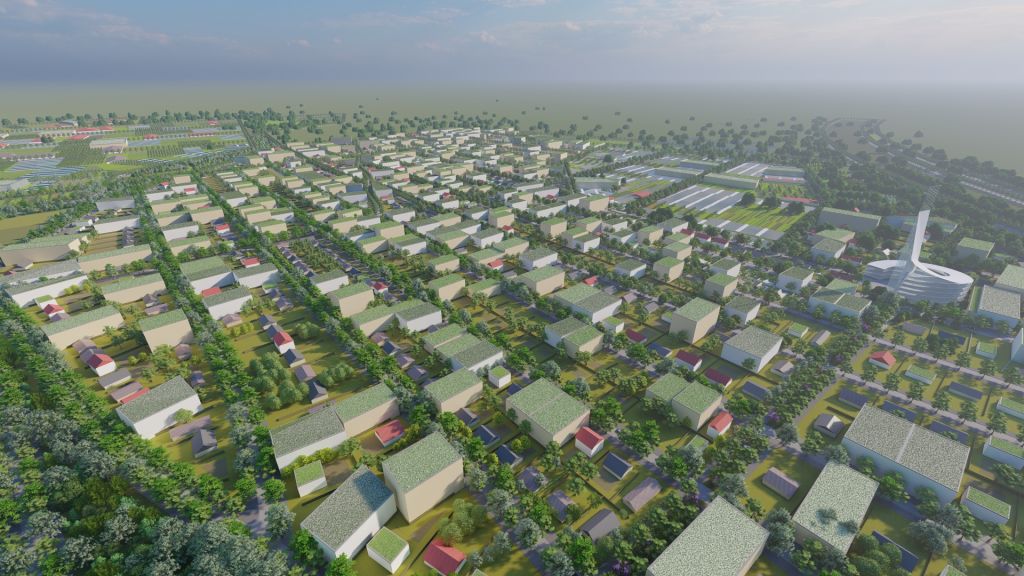
GHD Woodhead’s director of agriculture Michael White, formerly of Rabobank, specialising in the agricultural supply chain, believes this back-to-the-future approach is essential moving forward.
He says many other countries, such as Singapore, are now looking at ramping up their local food production, often in high tech urban settings.
“As well as producing food, a nice add-on is the jobs such an agri-precinct will create for a city,” Mr White said. “Then the overflow of fresh food, capitalising on Brand Australia’s reputation for clean, green produce, can boost experts via the new airport being so close.
“I think the immediate post-COVID-19 need is going to be for a recovery phase with job creation and I think there’ll be a change in people’s behaviours, like not wanting to use public transport or travel around so much, and wanting to use local shopping hubs.
“So this concept creates a sense of local and sustainability and community that we’ll be looking for.”
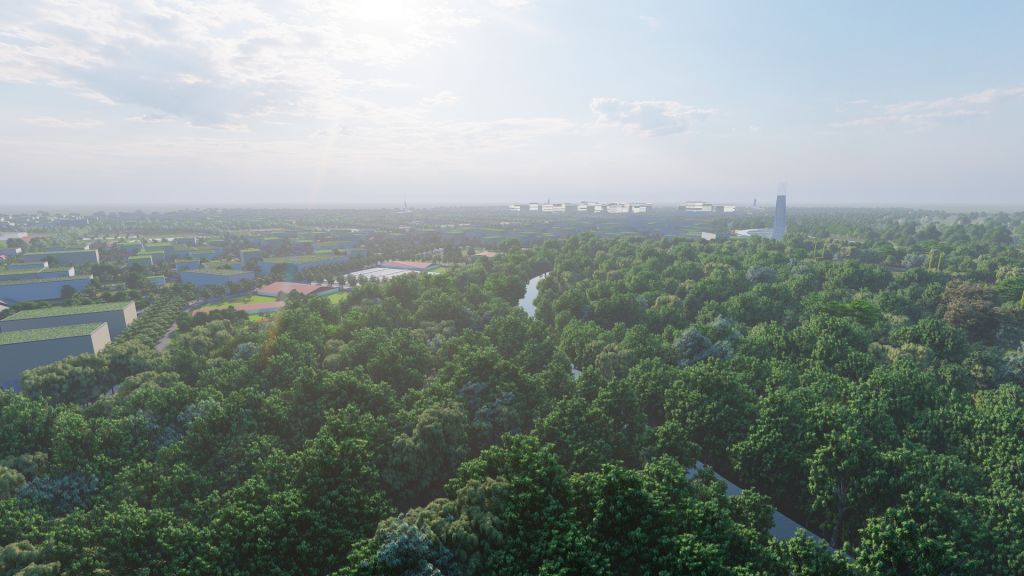
In major cities like Sydney, Melbourne and Brisbane, urban agriculture is something that’s being increasingly considered, Mr White says, but its introduction is often hampered by land use, planning and environmental issues.
But he says it just needs a coordinated response to make the incorporation of some of the principles feasible.
Mr Allen, director of urban design and landscape architecture at GHDWoodhead, has worked for 10 years in the Middle East drawing up similar schemes – but on a much bigger scale – for Dubai, Abu Dhabi, Qatar and Oman.
He says Australians will be forever changed by the pandemic and are ready to embrace permanent changes in the way they live.
“You can see it already in the transition to working remotely,” he said. “People are now looking for more flexibility of work into the future, and want better access to healthier lifestyles.”
Mr Allen also sees Western Sydney as the perfect location for testing the new vision given the amount of government investment in transport infrastructure, with new rail and road links, and the promise of population growth.
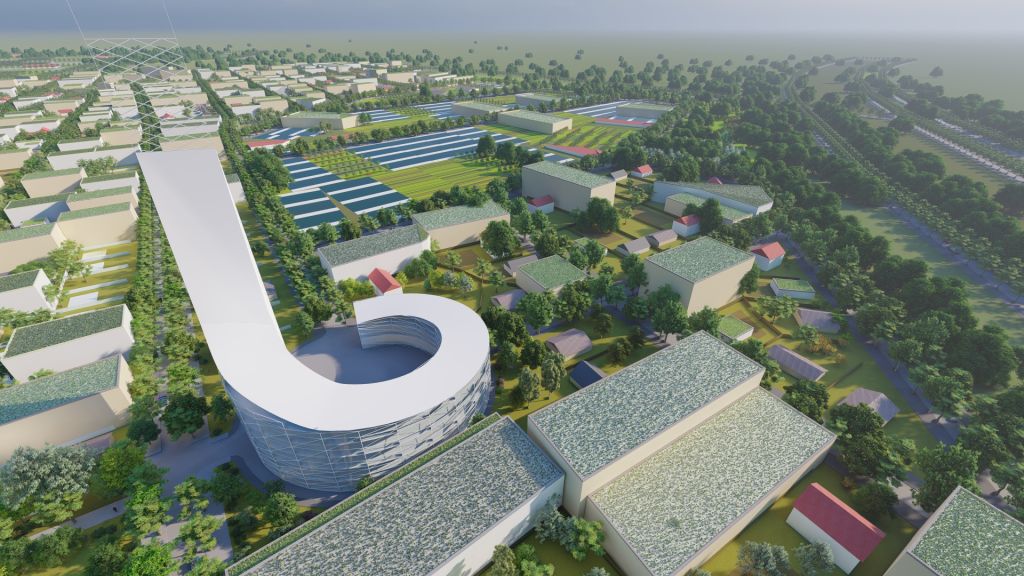
“If we don’t consider something like this, it could be a lost opportunity to do something on this scale in Australia,” he said.
“It ticks all the Greater Sydney Commission’s boxes for their strategic plans in lots of areas, like water, the heat island effect and lots of sustainable aspirations.
“Establishing and investing in an agricultural economy would be productive, profitable, create jobs and attract people to live nearby, making people more productive, healthier and able to live in spaces better for mental health.”
We recommend
States
Capital Cities
Capital Cities - Rentals
Popular Areas
Allhomes
More
